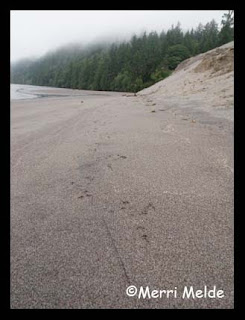
Monday July 29 2013
There are soooo many reasons I do not like summer, but if I list them all this will be a Whine-Fest blog entry. So I will only list one.
WILDFIRE.
I've been here in Owyhee for 6 years now, and up until the last 2 years, fire never crossed my mind.
Then there was that summer day 2 years ago where lightning started a fire 4.5 miles away up on the sagebrush flats, while we were away at City of Rocks. Fortunately the gusting wind was blowing the other way, and the BLM fire crews were on it in a flash.
Last year, there was the night heavy smoke woke me up.
Now, anytime a blue thunderstorm cloud appears, instead of rejoicing (well - as long as I'm indoors watching, and not caught out in it!) in the few degrees of coolness it lends for a spell, an undercurrent of fear keeps that delight at bay. Wildfires are getting worse by the year out West, as it gets drier and drier.
Yesterday a cloud came over, giving blessed relief from the heat. But then the cloud turned blue and thunderstormy, rumbling loudly enough that even *I* heard the thunder. It dropped a little rain down here, and did its lightning and thundering in the Owyhee mountains.
I did not even SEE this smoke until this afternoon, but it was surely lightning that started it. It's 7 miles away, straight up our canyon. The BLM already knew about it, and was letting it burn… then later in the day they sent helicopters with buckets to it.
The only good thing about being in a drought is that it's been so dry, there's hardly any fuel to burn - stunted sagebrush and rabbitbrush, no cheat grass at all.
By evening it looked like most of the fire was out, though it's so hazy it's difficult to tell, even with binoculars. There's still a spiral of smoke (still, fortunately, no wind to speak of), and I might be seeing a layer of fire retardant on the hill.
I'm sure hoping that's the closest and biggest fire we'll have here this year.







































